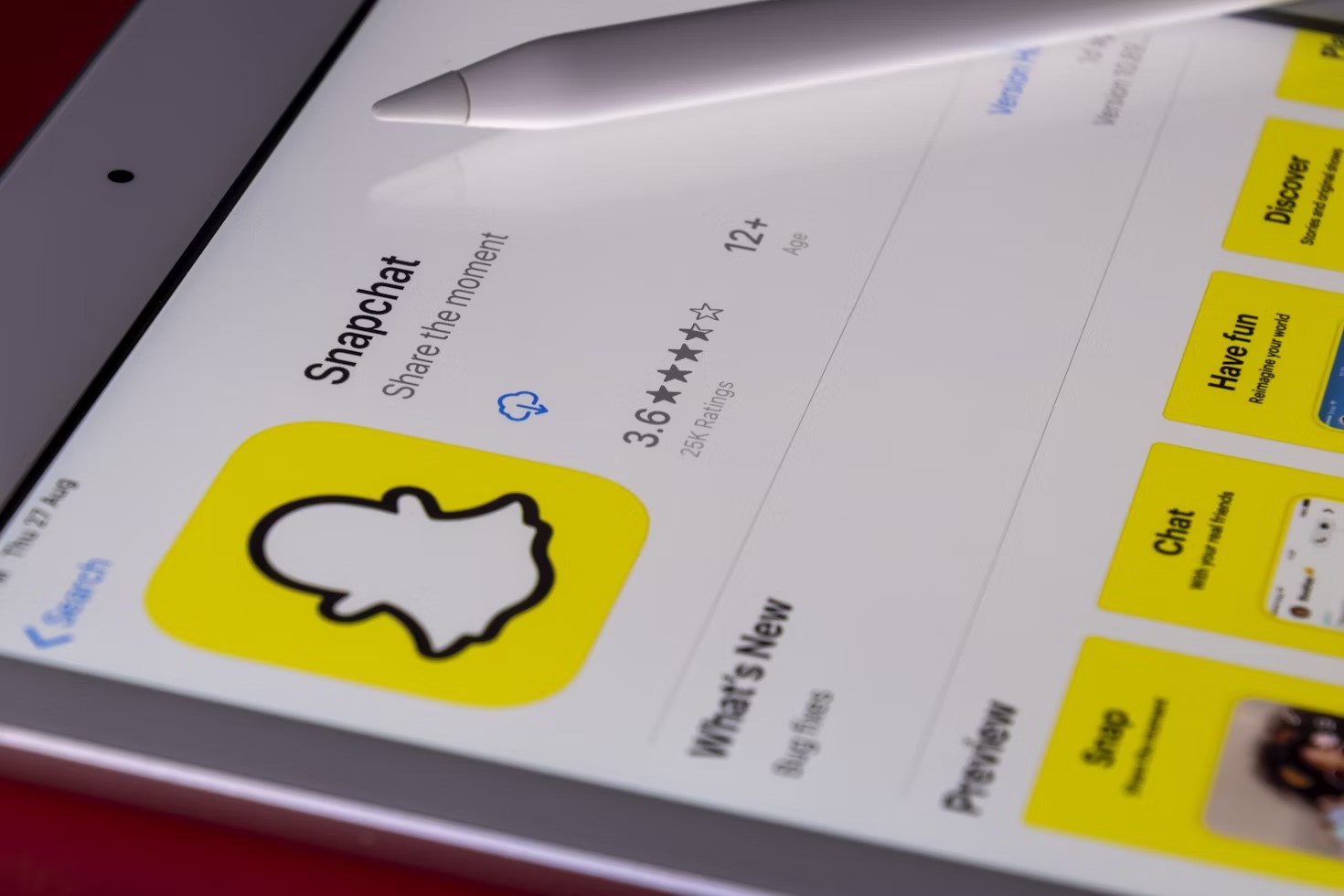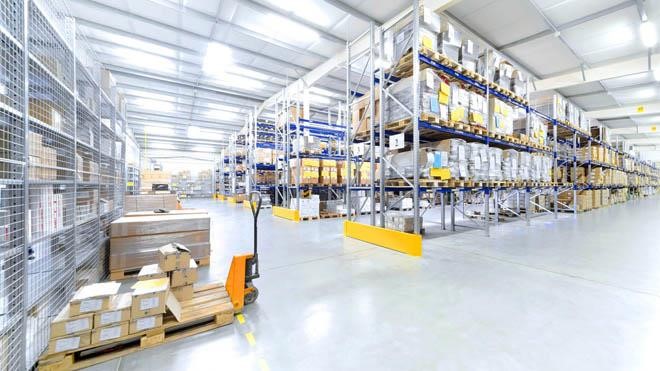The latest innovation in telematics is video telematics. It encompasses all three types of information that is video, vehicle behavior information, and trip mapping. So, Video telematics software combines video recording along with all of the vehicle information to provide proper management of the fleets.
GPS Fleet Tracking Solutions coupled with video telematics can assist fleet managers in managing the fleet. It also provides pictures and screenshots of driver behavior inside the cabin
How Video Telematics Work for Fleet?
Video telematics solutions capture more data than GPS vehicle tracking software and tracking because of trackers and sensors.
There are camera video devices taking pictures of the driver who is driving behind the wheel and the surrounding place. It not only monitors the vehicle but also all the driving habits that can influence the fleet. This is how it works:
- Gathering Data
A dash cam in an AI-enabled vehicle captures the driver and road conditions on highways by means of HD visual recording. It comes with sensors that record events in real time.
It tracks the movement and speed of a vehicle and also tracks other vehicle events such as abrupt braking and locations. Telematics technology has GPS receivers and motion sensors that record precise data about technology use in vehicles.
- Data Processing
It establishes a telematics data link with a video output that we initially collect pertinent information. It is after sending the processed data by the system to the center platform for auditing that the process is complete.
Advanced systems, through providing end-to-end visibility of vehicles and environment, provide us with the highest level of information about the working fleet.
- Real-Time Feedback
The system, through the implementation of the AI algorithms, continues to track the collective sets of data as and when they become available.
The system identifies risk behavior in the form of distracted driving and hard braking and therefore gives instant feedback and alerting to drivers.
Driving performance improves because the driver receives instant feedback. The fleet managers get instant response power through the instant alert messages to respond to incidents in a timely manner.
Managers are also able to monitor incident information using a cloud database and obtain performance information to better help them in the management of their fleet.
Advanced Features of Video Telematics Systems
Video Telematics Software starts recording once the trip begins. It has GPS units that stream the video and the rest of the telematics event data via a wireless network.
- Fleet Visibility
It comes with GPS tracking that learns about the movement of all vehicles that are under control or belong to a fleet by 24/7 monitoring.
The software enables you to find out all the routes of your vehicle and even you can know the location where your vehicle is. You can check the status of the vehicle, and driver. It generally involves details about the behavior of the driver as well as directions, online presence, and past trips. It lets you know where each stop is, and the idle time as well.
The use of telematics and GPS trackers will help the company to understand its fleets.
- Route Optimization
GPS tracking coupled with vehicle telematics have created the optimum routes in the best way they can. Live route optimization helps you map out the shortest and most direct trip the vehicle can take. It adjusts the time taken to arrive at the destination without duplicating the last route used.
Vehicle telematics provides rational routes based on route optimization options like traffic conditions, local boundaries, construction areas, etc.
- Live streaming
Live streaming technology enables fleet owners to monitor their vehicles and drivers in order to know the prevailing conditions.
Due to this monitoring capability, companies maintain preventive and hence secure fleets that follow their schedules.
With this technology, fleet owners are able to view errors in the process and react to them in real time. In the event of a fleet driver being involved in an accident or vehicle breakdown, the fleet owner will be in a position to instantly send out help to him/her.
- Collision Detection
Without the intervention of human operators, Telematics software is capable of capturing car accident video using inbuilt cameras known as a collision detection system.
In video telematics for collision detection, machine-level learning and cameras and sensors are employed. It is to detect the rapid change of direction and velocity of the vehicle and to detect the impacts.
- History Playback
The playback history feature in video telematics technology supports fleet optimization through its capability. The playback history feature allows you to check and view past trips. It also provides video recordings for review.
The implementation of the playback history enables the owners of fleets to retrieve the route utilized which is important when it comes to trip management.
With this feature, it is now extremely easy for drivers to settle disputes or claim insurance.
Before You Go!
When it comes to selecting video telematics software, companies should pay more attention to their specific business goals and less to the money they want to spend.


